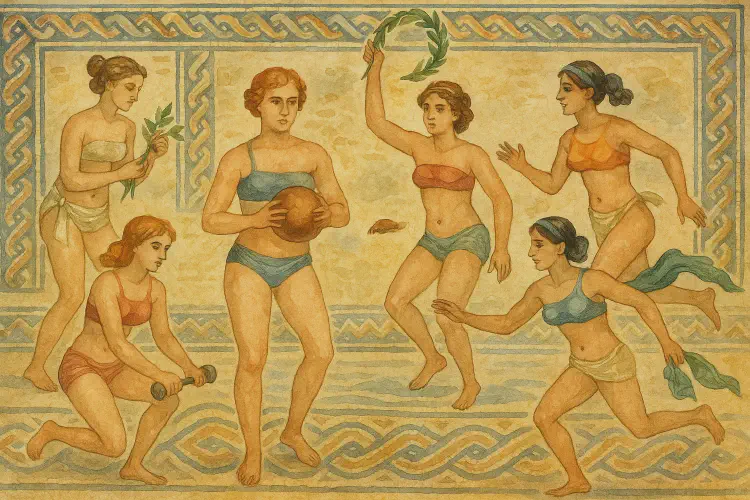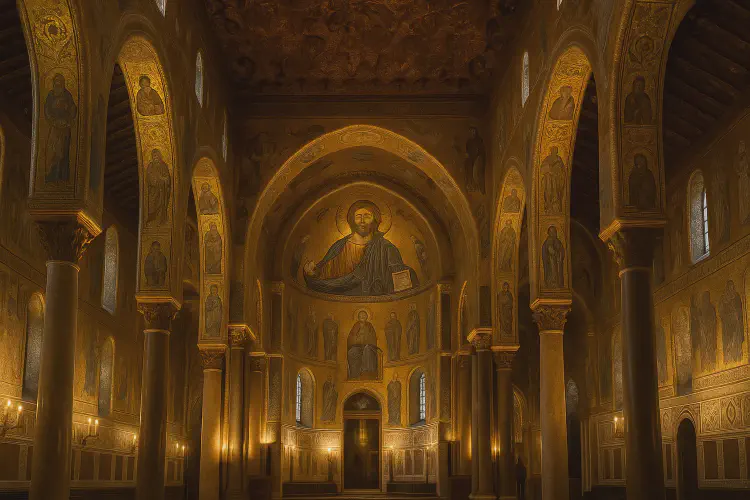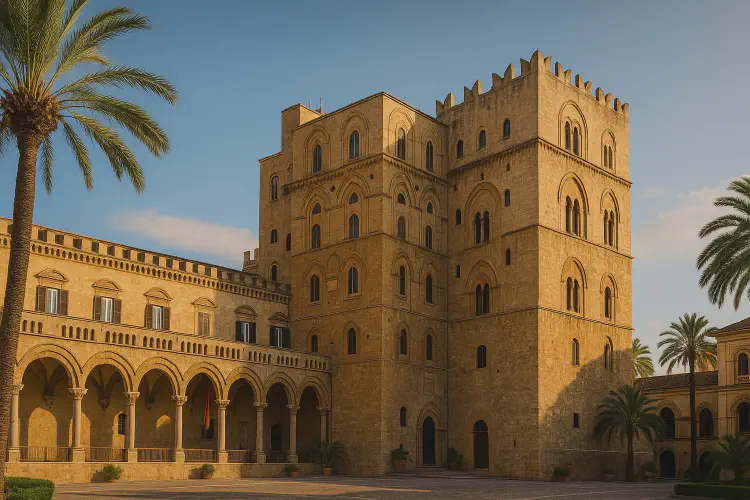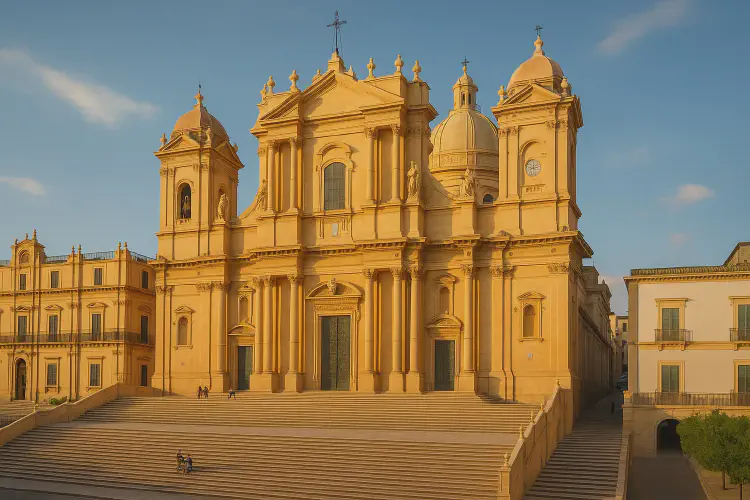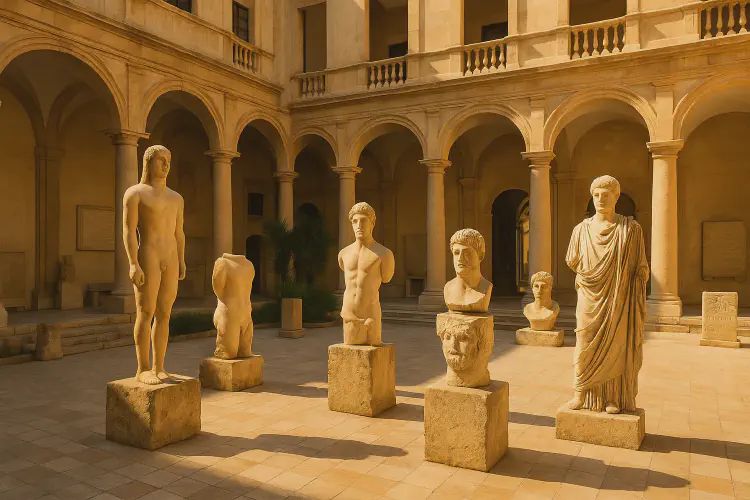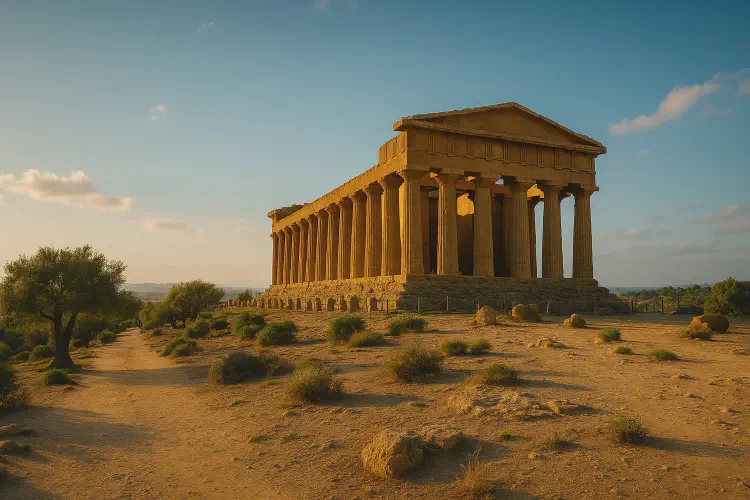
Greek ruins in Sicily
Sicily was once the heart of **Magna Graecia**, the “Great Greece” of the western Mediterranean. Between the 8th and 3rd centuries BCE, Greek settlers built grand temples, theatres, and cities that still stand today as breathtaking testaments to classical civilization.
